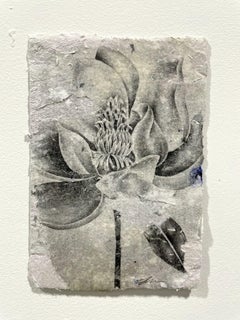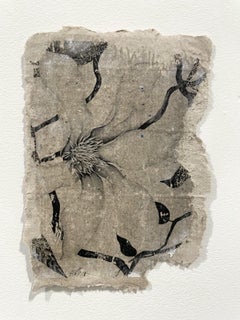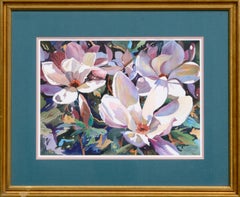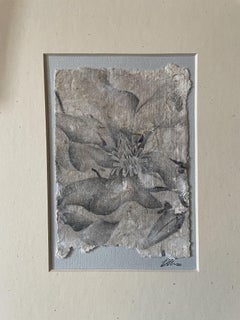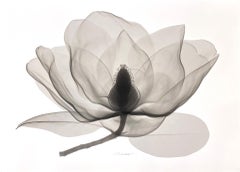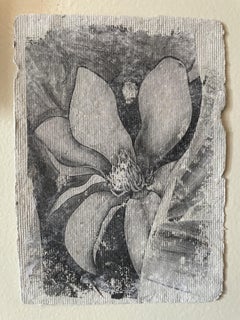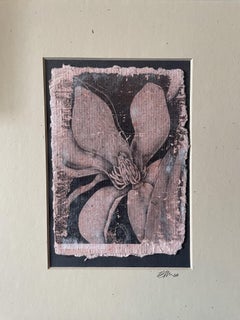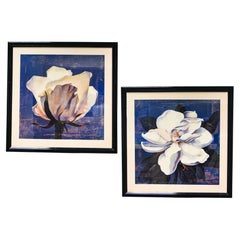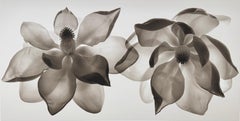Magnolia Print
2010s Modern Prints and Multiples
Handmade Paper, Laser
2010s Naturalistic Prints and Multiples
Handmade Paper, Laser
Late 20th Century American Impressionist Still-life Prints
Paper, Printer's Ink, Offset
2010s Modern Prints and Multiples
Handmade Paper, Laser
2010s Contemporary Landscape Prints
Archival Pigment
2010s Gothic Prints and Multiples
Handmade Paper, Laser
2010s Modern Prints and Multiples
Handmade Paper, Laser
Mid-20th Century Mid-Century Modern Prints
Paper
21st Century and Contemporary Realist Still-life Prints
Digital
2010s Contemporary Still-life Prints
Paper, Drypoint, Etching
2010s Contemporary Still-life Prints
Drypoint, Paper, Etching
2010s Contemporary Still-life Prints
Drypoint, Paper, Etching
Early 2000s Expressionist Figurative Prints
Screen
1970s Impressionist Prints and Multiples
Lithograph
1970s American Modern Prints and Multiples
Lithograph
1970s Pop Art Still-life Prints
Screen
1870s Modern Figurative Prints
Lithograph
21st Century and Contemporary Photorealist Landscape Prints
Metal
1980s Impressionist Still-life Prints
Lithograph
1980s Impressionist Still-life Prints
Lithograph
1870s Modern Figurative Prints
Lithograph
1840s Victorian Animal Prints
Watercolor, Lithograph
2010s Abstract Expressionist Landscape Prints
Gold Leaf
2010s Contemporary Color Photography
Archival Pigment
21st Century and Contemporary Contemporary Figurative Photography
Archival Pigment
21st Century and Contemporary Italian Wallpaper
Paper
2010s Contemporary Color Photography
Archival Paper, Photographic Paper, C Print, Color, Polaroid
1980s Contemporary Photography
Archival Pigment
1920s Black and White Photography
Silver Gelatin
21st Century and Contemporary Contemporary Color Photography
Archival Pigment
2010s Contemporary Landscape Photography
Archival Paper, Archival Pigment
Early 2000s Contemporary Photography
Archival Pigment
2010s Contemporary Black and White Photography
Pastel, Pencil, Archival Pigment
2010s Contemporary Still-life Photography
Paper, Archival Paper, Rag Paper, Photogram
1920s Black and White Photography
Silver Gelatin
Late 20th Century Black and White Photography
Silver Gelatin
2010s Contemporary Still-life Photography
Archival Pigment
2010s Contemporary Still-life Photography
Archival Pigment
2010s Contemporary Still-life Photography
Archival Pigment
2010s Contemporary Still-life Photography
Paper, Archival Paper, Rag Paper, Photogram
2010s Contemporary Still-life Photography
Archival Pigment
21st Century and Contemporary Contemporary Photography
Silver Gelatin
21st Century and Contemporary Contemporary Still-life Photography
Silver Gelatin
21st Century and Contemporary Contemporary Still-life Photography
Silver Gelatin
2010s Contemporary Still-life Photography
Paper, Archival Paper, Rag Paper, Photogram
2010s Contemporary Abstract Photography
Archival Ink, Digital
2010s Contemporary Abstract Photography
Archival Ink, Digital
2010s Contemporary Abstract Photography
Archival Ink, Digital
2010s Contemporary Still-life Photography
Paper, Archival Paper, Rag Paper, Photogram
2010s Contemporary Landscape Photography
Paper, Archival Paper, Rag Paper, Photogram
2010s Contemporary Still-life Photography
Plexiglass, Color, Archival Pigment, Digital Pigment
21st Century and Contemporary Contemporary Still-life Photography
Silver Gelatin
21st Century and Contemporary Contemporary Color Photography
Archival Pigment
2010s Contemporary Landscape Photography
Paper, Archival Paper, Rag Paper, Photogram
2010s Contemporary Landscape Photography
Paper, Archival Paper, Rag Paper, Photogram
2010s Contemporary Landscape Photography
Archival Pigment
2010s Contemporary Landscape Photography
Archival Pigment
1990s Modern Still-life Photography
Silver Gelatin
- 1
